Overview
On Sunday, December 27, 2020, President Trump signed the Coronavirus Response and Relief Supplemental Appropriations Act. We’ve highlighted what we believe are the most important items here.
General Relief
Economic impact payments of $600 for individuals making up to $75,000/year (or heads of household making up to $112,500/year) and $1,200 for married couples making up to $150,000/year. A payment for an additional $600 per dependent is also included.
Increased unemployment benefits both in the form of an increase in the number of weeks of benefits an individual may claim from 39 to 50 weeks, and in the form of increased supplemental unemployment benefits (additional $300 per week).
Paycheck Protection Program Revisions
General Revisions
PPP loan amounts forgiven are not to be included in gross income (this also applies to several other relief-related lending programs)
All expenses paid using forgiven funds are deductible on the borrower’s tax return
Can now be combined with the Employee Retention Credit if Credit wages are not paid using eventually forgiven PPP funds
Qualified expenses are expanded to include:
Other insurance costs, such as group life, disability, vision, and dental insurances
Worker protection costs, such as those for drive-through windows, air filtration systems, increased operations space, etc.
Supplier expenses necessary for the viability of the borrower’s business
Software costs related to normal operations
EIDL (Economic Impact Disaster Loan) grants are no longer required to be excluded from the forgiveness amount of a PPP loan
The application process is to be simplified for loan amounts less than $150,000
PPP “Round 2” Eligibility
Businesses with fewer than 300 employees
Businesses that have suffered at least a 25% reduction in revenues between any comparable quarters in 2019 vs. 2020
PPP “Round 2” Calculation
The loan amount is equal to 2.5x average payroll cost for the 1-year period prior to PPP “Round 2” disbursement, of the calendar year 2019, or $2 million
For NAICS Code 72 borrowers, the amount is increased to 3.5x or $2 million
Coronavirus-related Tax Provisions
PPE may be included in the $250 educator expense adjustment to income
The Families First Coronavirus Response Act refundable tax credits are extended through March 31, 2020, and the calculation of these credits allows for self-employed individuals to use income from 2019 vs. 2020 to calculate the credit
Employee Retention Tax Credit
Extended through June 30, 2021
Increased to a credit for 70% of wages (vs. 50% in the original legislation)
Increased to $10,000 per employee per quarter (vs. $10,000 per employee per year)
Decreased required gross receipts decline from 50% to 20%
Additional Tax Provisions
100% meal deduction for restaurant meal expenses from January 1, 2021 through December 31, 2022
$600 charitable giving deduction for married taxpayers who do not itemize ($300 for single filers)
7.5% medical expenses floor (reduced from 10%)
Permanent energy efficient commercial buildings deduction
Repeal of the tuition expense deduction but increased flexibility of the Lifetime Learning Credit
Five-year extension of the Work Opportunity Tax Credit
Extension of energy credit and residential energy-efficient property credit through 2023
Summary
While the final bill includes a lot of material to digest, a strategic approach to each of the relief tenants is achievable with the right guidance. Contact us today to learn more about the best ways to approach new relief or for holistic guidance that considers this new legislation in 2021.

